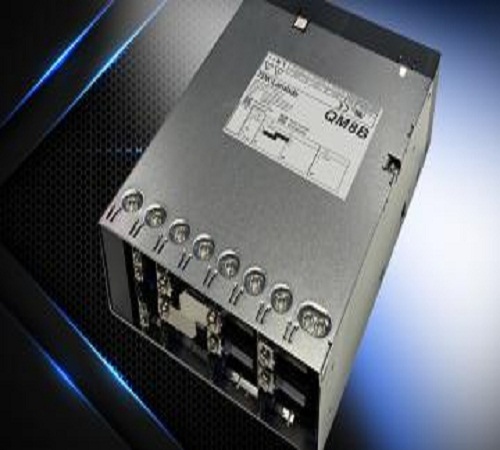Presented at IEDM 2019 in a paper titled “Millimeter Scale Thin-Film Batteries for Integrated High-Energy-Density Storage”, the new design boasts an areal energy density of 890 μAh.cm -2, the highest reported so far for such devices, according to the authors. The new TFB architecture also exhibits high power density, reaching capacity as high as 450 μAh.cm -2 under 3mA.cm -2 current density.
“Thin-film batteries provide some of the highest energy densities of electrochemical energy storage devices, but the inability to increase the electrodes’ thicknesses and control the geometry on the micrometer scale has thus far hindered their effective areal energy density and integration in miniaturized devices”, explained the authors.

sub-100µm-thick TFB structure.
The team’s solution to these challenges is a high-energy-density, millimeter-scale, thin-film battery integrating a 20μm-thick LiCoO 2 cathode in a Li-free anode configuration, built on silicon wafers using UV photolithography and etching for the successive deposition and patterning of each layer. Because it is built using a wafer-level process, the new battery could be tightly integrated with other electronic devices such as implantables, cutting on assembly costs and increasing reliability.
“Implantable sensors or biological-function monitoring systems such as intra-ocular pressure sensors and blood-glucose measurement would be particularly suited for our TFBs,” observed Sami Oukassi, lead author of the paper. “External systems, such as cochlear implants and smart contact lenses would also benefit from the advantages of this breakthrough.”
Source: .eenewseurope










